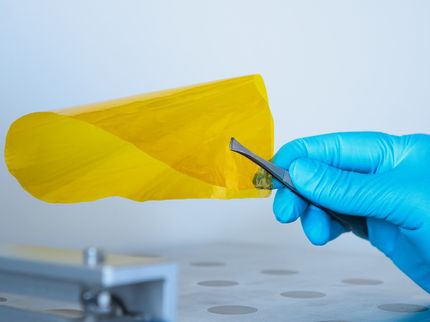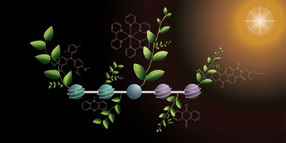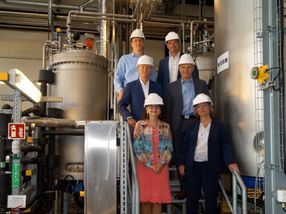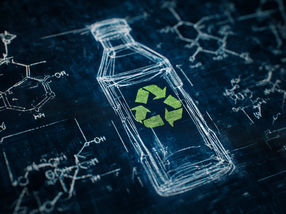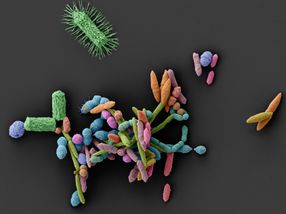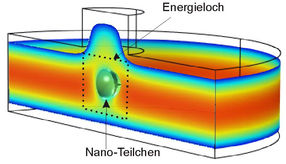Relay race with single atoms: New ways of manipulating matter
Advertisement
Thanks to a collaboration between scientists in San Sebastian and Japan, a relay reaction of hydrogen atoms at a single-molecule level has been observed in real-space. This way of manipulating matter could open up new ways to exchange information between novel molecular devices in future electronics. Dr. Thomas Frederiksen, presently working in the Donostia International Physics Center (DIPC) is one of the scientists that has participated in this research project. The results have been published in Nature Materials.
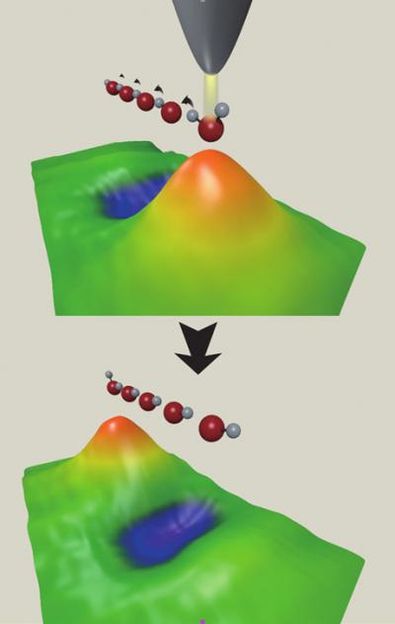
This is an illustration of the atom relay process.
H. Okuyama
An athletic relay race is a competition where each member of a team sprints a short distance with the baton before passing it onwards to the next team member. This collective way of transporting something rapidly along a well-defined track is not only a human activity and invention – a similar relay mechanism, often refered to as structural diffusion, exists at the atomic scale that facilitate transport of hydrogen atoms and protons in hydrogen bonded networks, such as liquid water, biological systems, functional compounds, etc. However, direct visualization of this important transfer process in these situations is extremely difficult because of the highly complex environments.
Scientists in San Sebastian and Japan discovered that the relay reaction also occurs in well-defined molecular chains assembled on a metal surface. This new setup allowed the researchers to gain insight into the relay reactions at the level of single atoms and visualize the process using a scanning tunneling microscope (STM). By sending a pulse of electrons through a water molecule at one end of the chain, hydrogen atoms propagate one by one along the chain like dominoes in motion. The result is that a hydrogen atom has been transferred from one end to the other via the relay mechanism. The demonstrated control of the atom transfer along these molecular chains not only sheds new insight on a fundamental problem. It could also open up new ways to exchange information between novel molecular devices in future electronics by passing around hydrogen atoms.



